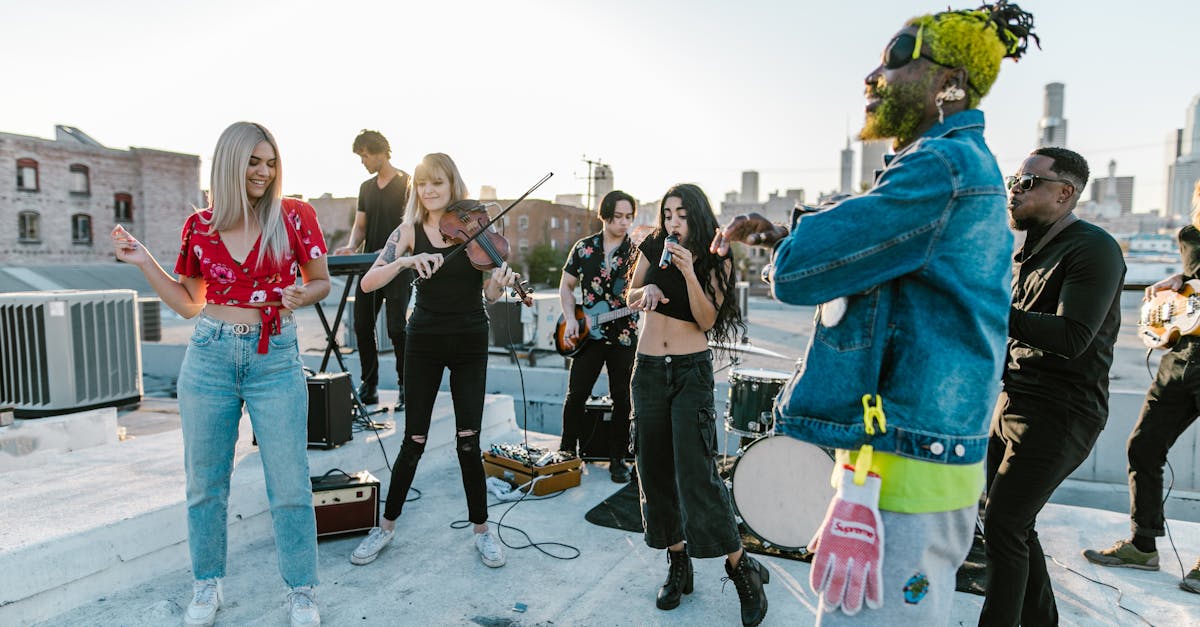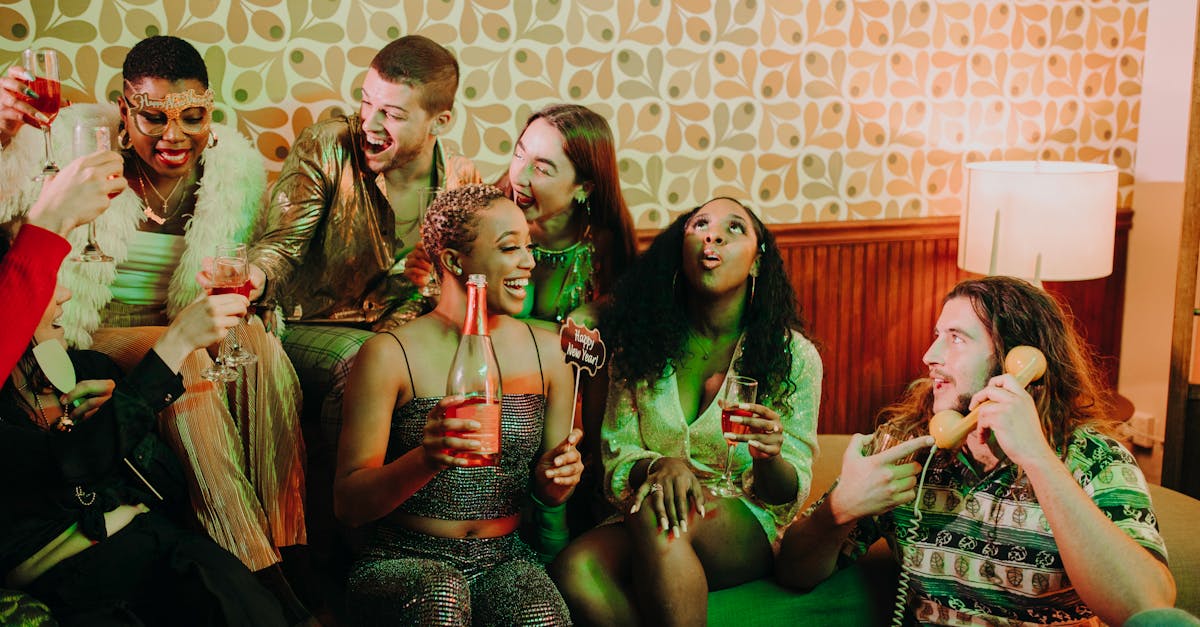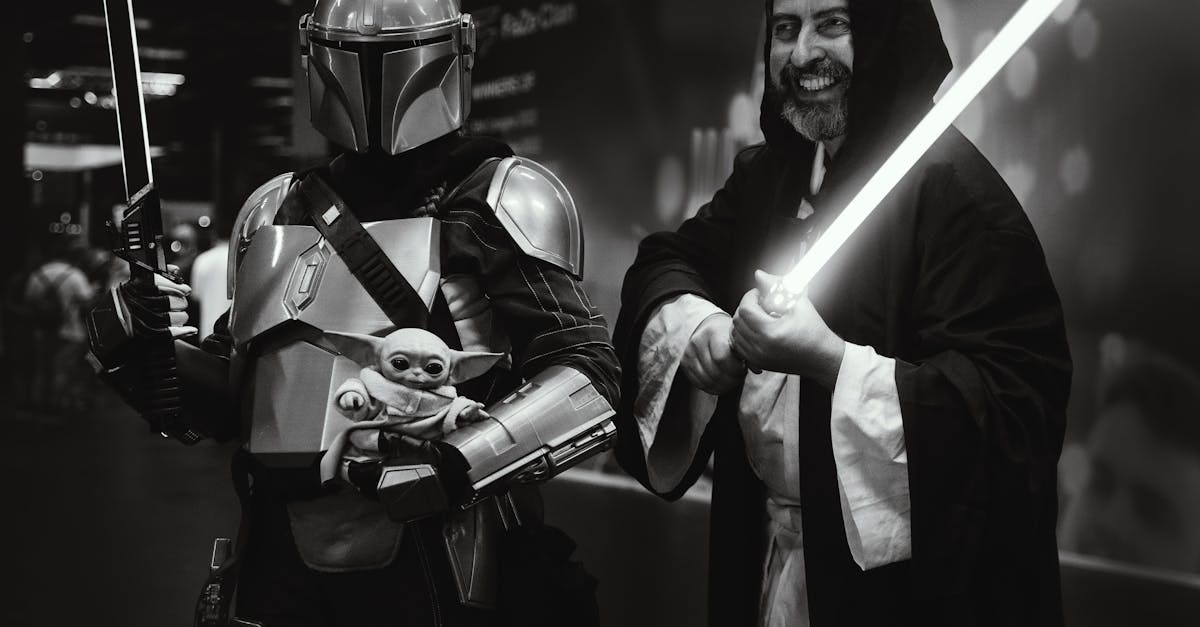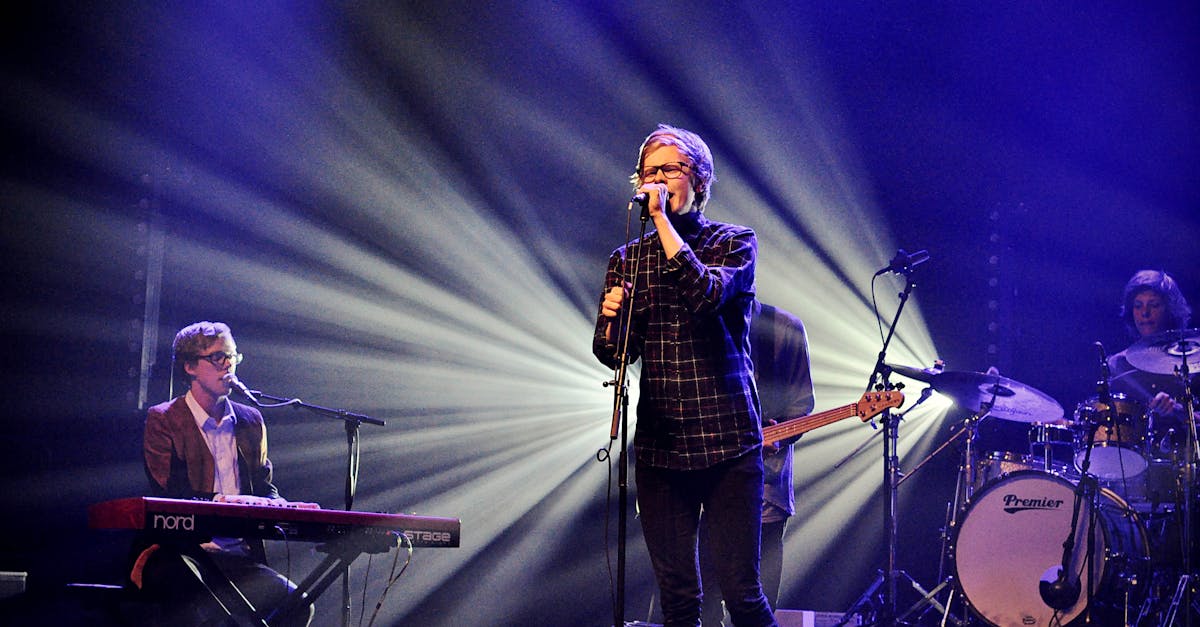Exploring Urban Groove Beat Narratives
Introduction
Urban Groove Beat Narratives represent a unique storytelling blend of rhythm, culture, and history. Emerging from urban environments, these narratives capture the heartbeats of cities through sound and lyrics. They chronicle the lived experiences, struggles, and dreams of individuals within urban landscapes. Their infectious rhythm and relatable stories make them a musical force that resonates with global audiences. From the streets of New York to the districts of Johannesburg, these narratives have a universal appeal. As part of the broader hip-hop culture, they embody a fusion of music, dance, art, and beyond.
Advertisement
The Roots of Urban Groove
Urban groove beat narratives trace their roots back to the late 20th century, with the rise of hip-hop culture. Initially, this genre served as a voice for marginalized communities who used music as a vehicle for change. It was a reaction to the socio-economic conditions of urban living, a mix of graffiti, breakdancing, and DJing. The infusion of various musical elements, from jazz to funk, created a dynamic groove that was both infectious and expressive. As these beats evolved, artists began embedding narratives of resilience and resistance in their lyrics. These early pioneers laid the foundation for what would become a captivating global phenomenon.
Advertisement
Influence of Hip-Hop Culture
Hip-hop—the larger cultural setting for urban groove beats—has played a significant role in shaping these narratives. At its core, hip-hop is all about storytelling, self-expression, and community interaction. DJs created seamless transitions and innovative soundscapes, laying the groundwork for rappers to pen their stories. Artists like Grandmaster Flash and Run-D.M.C. emerged, integrating personal stories with beats, fostering a new type of musical storytelling. The raw poetry combined with rhythmic mastery captured moments of triumph, struggle, and identity. As a result, urban groove narratives became channels for both commentary and celebration of urban life.
Advertisement
The Global Spread
With its origins in the United States, urban groove beat narratives quickly transcended borders, captivating global audiences. The genre adapted, intersecting with local cultures, leading to unique fusions like French "rap conscient" and Ghanaian hiplife. Platforms like MTV and later YouTube made these narratives accessible to all, fostering cultural exchange and collaboration. This globalization saw the rise of various urban music scenes that highlighted native stories with universal themes. Artists like the UK's Stormzy and Nigeria's Burna Boy demonstrate how these beat narratives evolve yet remain relatable. Such cultural diffusion underscores these narratives' adaptability and relevance across diverse environments.
Advertisement
The Role of Technology
Technology has played an instrumental role in the evolution and dissemination of urban groove beat narratives. Innovations in music production tools have empowered artists to experiment with sounds and share content widely. Digital platforms facilitate intimate connections with global audiences, fostering real-time story exchanges. Aspiring beat creators can access affordable software, democratizing music creation and shaping the genre's future. Social media has transformed how fans and artists engage, amplifying voices and narratives from varied backgrounds. These tools have made it possible for more stories to be told, increasing the genre's richness and diversity.
Advertisement
Cultural Impact
Urban groove beat narratives have had a profound impact on cultural landscapes, inspiring various artistic expressions and social movements. They create a dialogue, highlighting issues like discrimination, identity, and social justice, bringing them to the forefront of public consciousness. Some beats have become anthems of change, used in protests and political campaigns to unify and motivate. Beyond music, these narratives influence fashion, film, and literature, further embedding themselves in cultural fabrics. Artists often become cultural ambassadors, using their platform to advocate and raise awareness on pressing issues. This cultural penetration showcases the power these narratives exert beyond their intended scope.
Advertisement
The Evolution of Lyrical Themes
Lyrical themes within urban groove beat narratives have evolved, reflecting changes in society and culture over the decades. Initially, themes revolved around survival in challenging urban environments, resonating with personal triumphs over adversities. As the genre matured, artists began addressing broader issues, from mental health to environmental conservation, showing the genre's growing social consciousness. Romantic and introspective themes also found their place, adding a personal touch to the narratives. Artists began exploring autobiographical elements, enriching their stories with authenticity and depth. This evolution shows a continuous journey of urban groove beats, mirroring human experiences and aspirations.
Advertisement
Challenges and Criticisms
Despite its popularity, urban groove beat narratives face criticisms, particularly regarding the commercialization and authenticity of the genre. Critics argue that mainstream success sometimes leads to dilution of potent messages, favoring marketability over substance. Controversies have arisen around the portrayal of violence, misogyny, and materialism in some narratives. However, many artists champion authenticity by returning to raw, honest storytelling, refusing to compromise their message. There's ongoing dialogue about balancing artistic integrity with mass appeal, with emerging artists redefining what the genre stands for. These challenges underscore the need for reflection and evolution within the genre.
Advertisement
Future Prospects
The future of urban groove beat narratives looks promising, with new generations bringing fresh perspectives and innovation to the genre. As technology evolves, there will be opportunities to expand interactive and immersive narrative experiences. Collaborations across genres and cultures will likely produce new sounds and stories, further broadening their appeal. Increased focus on social and environmental justice is set to influence the next era of urban groove storytelling. The genre will continue adapting, reflecting the ever-changing realities of urban life. This adaptability suggests urban groove beat narratives will remain relevant, carving out new narratives for future generations.
Advertisement
Conclusion
Urban groove beat narratives encapsulate the rich tapestry of urban life, offering glimpses into varied personal and collective experiences. Rooted in hip-hop culture, they have grown into a global movement, resonating with audiences irrespective of geography. The genre's rhythms and stories have empowered communities, spurred movements, and influenced broader cultural trends. As these narratives continue to evolve, they highlight the power of music as a dynamic force for communication and change. The enduring appeal of urban groove beats ensures that the stories of the urban voice will continue to resonate, inspire, and transform.
Advertisement








